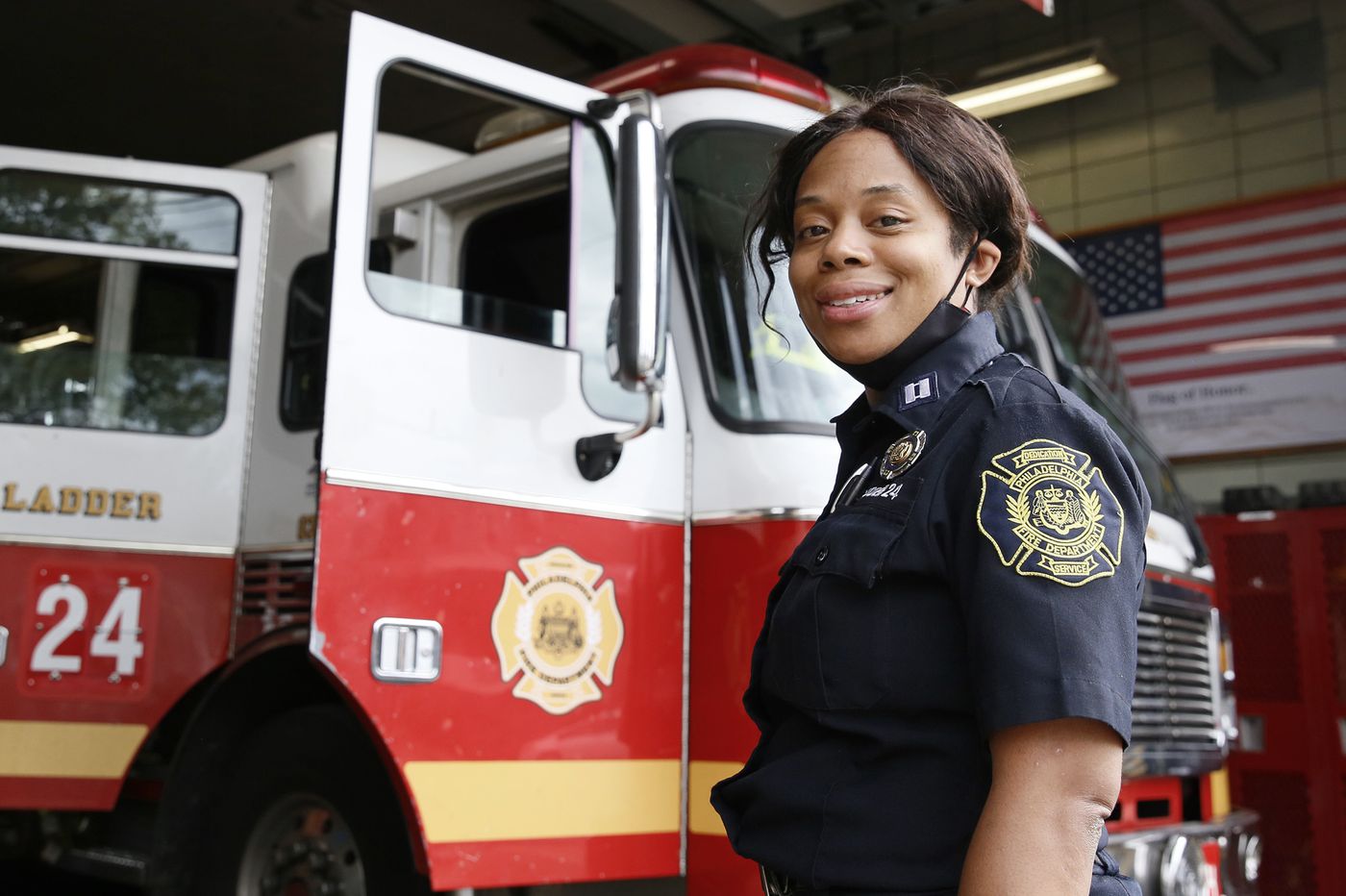by Karen Eckstein-Sarkissian
The Philadelphia Police Department has a host of directives they update periodically regarding the use of force and the discharge of firearms. The current directives are dated September 2015 and cover the use of deadly force, the reporting of discharges, investigation of discharges, custody of a discharged firearm, and discharges involving animals.Notice that the directives concerned “discharges” – this means every instance in which a weapon is fired – even when no injury or death occurs.
When deadly force can be used

Philadelphia Police provoking citizens Image provided by Google
The directives state that deadly force shall not be used unless an officer has an “objectively reasonable belief” that they must protect themselves or another from death or serious bodily injury. There are three basic factors an officer must consider when making the determination: 1) the severity of the crime; 2) whether the suspect poses an immediate threat to the safety of the officers or others; and, 3) whether the suspect is actively resisting arrest or attempting to evade arrest by flight.
All three factors need to be considered. Each individual factor was not inclusive, meaning that, alone, it could not justify deadly force. It needed to be based upon a “totality of the circumstances.” It was even specifically noted that resisting arrest or attempting flight would not warrant deadly force nor would verbal aggression. An officer could not use these three (3) factors that previously justified deadly force, but were not actively present at the time deadly force was used.
The directives indicated that “objectively reasonable belief” is the U.S. Constitution’s “Fourth Amendment standard whereby an officer’s belief that they must protect themselves or others from death or serious bodily injury is compared and weighed against what a reasonable or rational officer would have believed under similar circumstances.”
The standard of “objectively reasonable belief” in relation to deadly force was actually defined in common law. Common law is law procured from judicial precedent rather than from statute or legislative law (i.e passed by Congress). Probably the most well known law defined by common law is the legalization of abortion, which was decided by Roe v. Wade. Such is why there are many cases attempting to overturn the decision. Graham v. Conner is the Supreme Court case that established this standard.
The directives recognized two types of resistance: active, which would involve physical force, and passive, which would involve going limp or tightening or not moving. Serious bodily injury is defined as an injury that created substantial risk of death, serious disfigurement, or protracted loss or impairment of a bodily member or organ.
If possible, officers are to issue verbal warnings before discharging their weapons and they are not to fire if doing so might endanger innocent people. De-escalation is really the goal and only the minimal amount of force should be used to overcome a threat or make an arrest. Officers must also be mindful of a suspect’s mental and physical ability to respond to commands.
After deadly force is used, officers are to immediately render medical aid and request medical assistance. Officers who observe inappropriate or excessive force have an obligation to report such violations to a supervisor and Internal Affairs.
What to do after using deadly force

New York Police arresting Eric Garner Image provided by Google
As mentioned, certain personnel and departments have specific tasks to undertake after an officer uses their weapon, whether or not anyone is injured. Such personnel include other officers on the scene, the Command Inspection Bureau, glock (pistol) inspector, supervisors, commanding officers, SWAT, Internal Affairs, Crime Scene Unit, and the police radio. The directives are extensive and provide detailed instructions. There are instructions on what to do when an officer discharges a weapon off duty and outside their jurisdiction. There are even directives on discharges involving animals.
In sum, supervisors remove the weapons from all officers who discharged them. The supervisors inspect the weapons and escort the officers and the weapons, separately, to Internal Affairs. Internal Affairs then determines whether the discharged weapons can be returned to the officer or if it needs to be designated as property of an investigation (in the meantime, SWAT issues a replacement weapon to the officer). The Homicide Unit investigates all cases that result in or are likely to result in a death. The Detective Division investigates all other cases. The completed investigation report is then forwarded to Internal Affairs.
The officer’s supervisor contacts the Employee Assistance Program to arrange counseling. The supervisor is also responsible for arranging firearm re-training. If the use of force results in death or injury, the officer is temporarily assigned to non-street duties and will only be able to return to active duty only after completing the Employee Assistance Program, attending firearms training, and after recommendation by Internal Affairs.
The Use of Force Review Board reviews all completed reports. The board consists of various Deputy Commissioners and the President of the Fraternal Order of Police (but only the Commissioners have voting powers). The board determines whether the officer had an objectively reasonable belief that they needed to protect themselves or others from serious bodily injury and properly used deadly force. If use was justified, review of departmental policy and training is recommended. If not, they notify the commissioner for appropriate disciplinary charges.
Updates and news
According to a May 14, 2013 Philly.com article entitled Exclusive: Shootings By Philly Police Soar As Violent Crime Plummets,” police officer involved shootings in 2012 resulting in death or injury reached its highest level since 2002. The Police Advisory Commission (the official civilian oversight agency for the Philadelphia Police Department) had been blocked in its efforts to review shootings and Internal Affairs had refused to supply requested information.
A follow-up piece on November 19, 2013, entitled “Exclusive: Feds To Review Deadly Force By Philly Cops,” Commissioner Ramsey asked the U.S. Department of Justice to review the police department’s use of deadly force. The reporter indicated that such was in response to the May 14, 2013 article. In other sources, Ramsey states that he had been considering the issue since December due to the rising number of police-involved shootings.
The Department of Justice issued its findings in 2015, after which Commissioner Ramsey declared that the Pennsylvania State Police would take over as the primary investigative agency of police involved shootings, rather then the Internal Affairs Bureau and the homicide and detective units.
More articles regarding police involved shootings in Philadelphia are forthcoming.


 Gaming7 years ago
Gaming7 years ago
 Music7 years ago
Music7 years ago
 Business7 years ago
Business7 years ago
 The Jawn7 years ago
The Jawn7 years ago
 The Jawn7 years ago
The Jawn7 years ago
 The MC7 years ago
The MC7 years ago
 Entertainment7 years ago
Entertainment7 years ago
 The Jawn7 years ago
The Jawn7 years ago























You must be logged in to post a comment Login